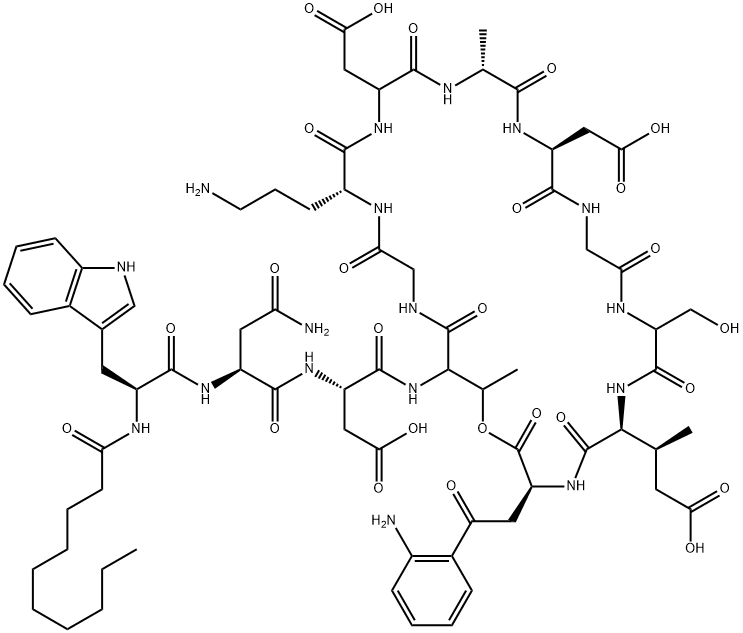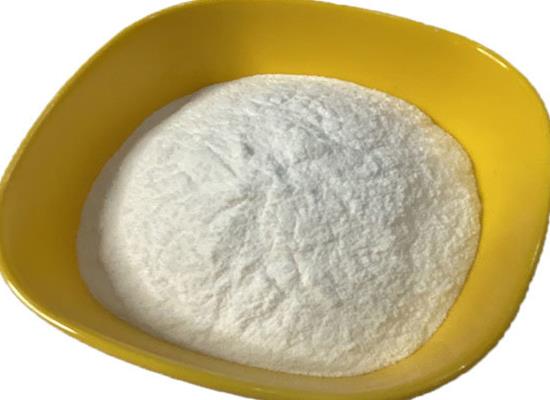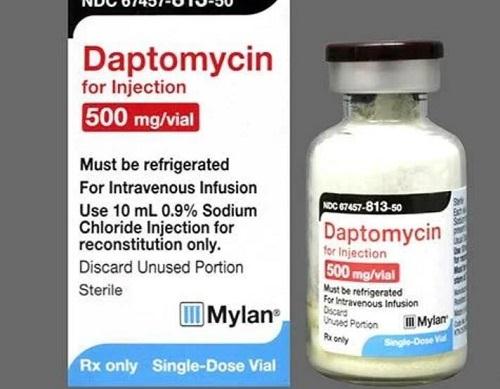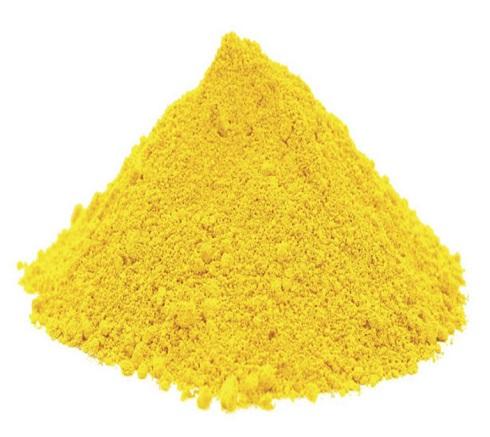Daptomycin---LY 146032
INTRODUCTION
Daptomycin (Cubicins) (formerly LY 146032) is the first in the new antibiotic class of the cyclic lipopeptides. Daptomycin is more active in vitro than glycopeptides against a wide range of Gram-positive aerobic as well as anaerobic organisms, including methicillin-resistant Staphylococcus aureus (MRSA) and vancomycin-resistant enterococci (VRE). The initial development program started in the 1980s was terminated due to failures of treatment of endocarditis with 2 mg/kg and the occurrence of potential drug-induced myopathy. With the increasing prevalence of resistant Gram-positive microorganisms, in particular MRSA, clinical development of daptomycin was reinstigated in 1997 by evaluating once-daily dosing regimens. Daptomycin is derived from Streptomyces roseosporus. It is a cyclic lipopeptide comprising 13 amino acids with a water-soluble hydrophilic core and a lipophilic tail.
MECHANISM OF DRUG ACTION
Daptomycin is the first lipopeptide and has a unique mechanism of action. It requires calcium for its activity, and the activity of daptomycin is calcium concentration dependent. Insights into the mechanism of action were recently reviewed. Daptomycin inserts into and irreversibly binds within the bacterial cytoplasmic membrane in a process which includes two structural transitions of daptomycin triggered by Ca2+ ions . Subsequent oligomerization of daptomycin molecules within the membrane is thought to lead to the formation of pores or ion channels, which allow potassium efflux from the bacterial cytoplasm, thus destroying the ion concentration gradient. This depolarizes the cell membrane and causes rapid cell death through the inhibition of DNA, RNA, and protein synthesis.
A correlation between dissipation of membrane potential and the bactericidal activity of daptomycin was demonstrated by Silverman et al. Membrane depolarization was measured by both fluorimetric and flow cytometric assays. Adding daptomycin (5 mg/ml) to S. aureus gradually dissipated membrane potential. In both assays, cell viability was reduced by >99% and membrane potential was reduced by >90% within 30 minutes of adding daptomycin. Cell viability decreased in parallel with changes in membrane potential, demonstrating a temporal correlation between bactericidal activity and membrane depolarization. Decreases in viability and potential also showed a dose-dependent correlation. Depolarization is indicative of ion movement across the cytoplasmic membrane. Fluorescent probes were used to demonstrate Ca2+-dependent, daptomycin-triggered potassium release from S. aureus. Potassium release was also correlated with bactericidal activity.
Recent research indicated that, besides membrane depolarization, inhibition of peptidoglycan biosynthesis, either directly or indirectly, is part of the mode of action of daptomycin. Transcriptional profiling revealed that daptomycin induces the S. aureus cell wall stress stimulon and genes responsive to membrane depolarization.
The mode of action endows daptomycin with a broad spectrum of bactericidal activity against Gram-positive bacteria without being bacteriolytic. The ability of daptomycin to produce bactericidal activity against S. aureus while causing negligible cell lysis has been demonstrated using electron microscopy and the membrane integrity probes calcein and ToPro3. The formation of aberrant septa on the cell wall, suggestive of impairment of the cell division machinery, was also observed; a feature that contributes to reducing overstimulation of the immune response by bacteria and prolongation of inflammation. A reduced macrophage inflammatory response to S. aureus isolates was noted in vitro in the presence of daptomycin, relative to vancomycin or oxacillin. Exposure of any of six clinical isolates of S. aureus to daptomycin alone or in combination with vancomycin or oxacillin (compared with vancomycin or oxacillin alone) led to a dampened macrophage inflammatory response with diminished tumor necrosis factor (TNF) secretion and reduced accumulation of inducible nitric oxide synthase protein. It is postulated that fewer proinflammatory bacterial fragments were released by the bactericidal activity of daptomycin than by the other agents. A study that supports this postulate compared therapy with daptomycin with ceftriaxone in experimental pneumococcal meningitis. The treatments were evaluated for their effects on inflammation and brain injury. Daptomycin cleared the bacteria more efficiently from the cerebrospinal fluid (CSF) than ceftriaxone within 2 hours after the initiation of therapy, reduced the inflammatory host reaction, and prevented the development of cortical injury. Further clinical studies are needed to confirm these findings and determine the effect of a reduced inflammatory response.
You may like
Related articles And Qustion
See also
Lastest Price from Daptomycin manufacturers
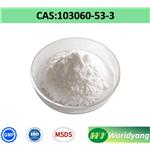
US $0.00-0.00/g2025-11-28
- CAS:
- 103060-53-3
- Min. Order:
- 1g
- Purity:
- 0.98
- Supply Ability:
- as required
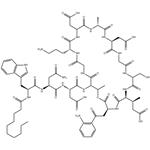
US $0.00/kg2025-11-19
- CAS:
- 103060-53-3
- Min. Order:
- 1kg
- Purity:
- 98%
- Supply Ability:
- Customise
